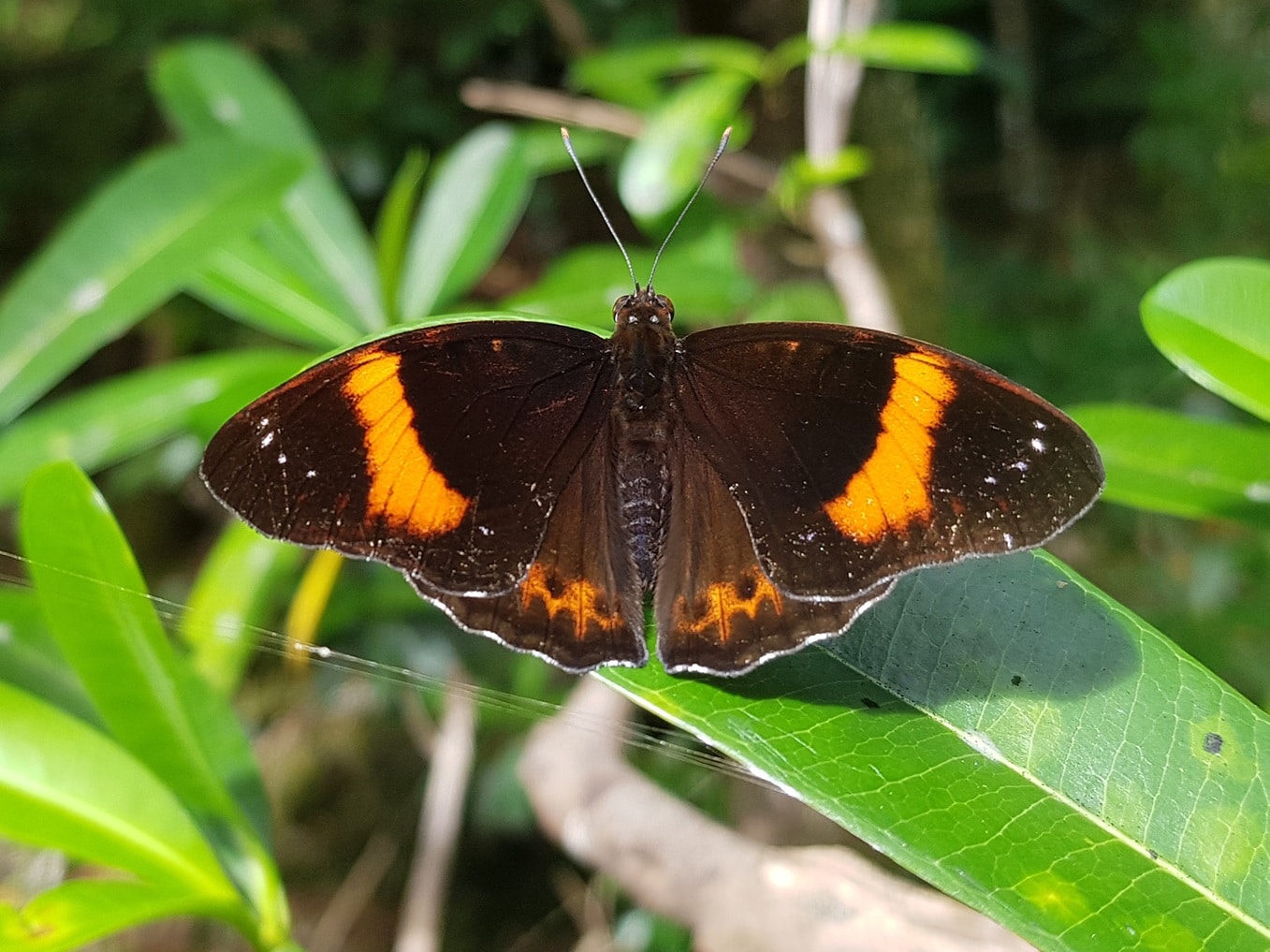(CN) — An agreement between wildlife organizations and the U.S. Fish and Wildlife Service paved the way for the identification and protection of critical habitats for 23 species living on U.S. territory islands in Micronesia, including Guam.
The development was celebrated by wildlife advocacy organizations, who said the protections are needed to stave off further decline for the species that includes a skink extirpated from Guam and a sheath-talied bat that has also vanished from the island.
Island ecosystems are particularly vulnerable to extirpation — extinction in a local area — as their ecosystems are fragile and thus susceptible to invasive species, habitat loss and other threats.
“I’m relieved these 23 beautiful Pacific Island species found nowhere else on Earth will finally get badly needed habitat protections,” said Maxx Phillips, a staff attorney at the Center for Biological Diversity. “This is a big win, as endangered and threatened species with federally protected critical habitat are twice as likely to recover as those without such protections.”
While wildlife advocates fight for critical habitat designations, they are unpopular with people in various industries as critical habitat designations can all but shut down economic activity in certain areas — preventing development and natural resources extraction activities like mining or timber harvesting.
Many blame the critical habitat designation given to the northern spotted owl for mothing the timber industry in Northern California, where mills that once flourished in traditional timber towns like Quincy are now shuttered.
But others say stopping the type of activities that encroach on the habitat of animals is often the only way to prevent total extinction.
The center contended the 23 species in question were declining due to military training activities — the United States maintains a military presence on the island of Guam — development, the introduction of nonnative species, climate change and even natural events such as typhoons.
“These beautiful, dwindling Pacific island species desperately need protected habitat or they won’t survive,” Phillips said.
The agreement between the center and Fish and Wildlife announced Monday resolves a lawsuit filed in the District Court of Guam. Other animals include the Mariana eight-spot butterfly, the Guam tree snail and a rare orchid native to the U.S. territory.
Critical designations of habitat typically happen after Fish and Wildlife has decided that a given species' decrease in overall numbers warrants a listing on the federal Endangered Species List.
The 23 species in question were listed in 2015 but did not receive their new designation until Monday. The move comes ahead of a transfer of about 5,000 U.S. military personnel from Okinawa, Japan, to Guam. Both islands are strategically important to the U.S. naval presence in the Pacific.
“With everything going on right now with the military buildup, we are in danger of losing important parts of our culture,” said Frances Meno, a traditional healer who lives in Guam. “We are the people of the land and so when our native plants and animals thrive, we thrive.”
Other speakers made the connection between the species and the Indigenous inhabitants of the several islands and atolls affected by Monday’s agreement.
“Without critical habitat designations, native species like the Mariana eight-spot butterfly, which exists only in the Marianas Islands, would be lost, and along with them irretrievable aspects of our Indigenous ecosystem and culture,” said attorney Julian Aguon of Blue Ocean Law. “As Indigenous peoples, we stand up for our other-than-human relatives.”
Subscribe to Closing Arguments
Sign up for new weekly newsletter Closing Arguments to get the latest about ongoing trials, major litigation and hot cases and rulings in courthouses around the U.S. and the world.









